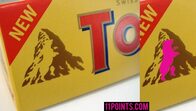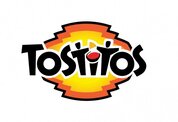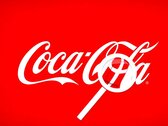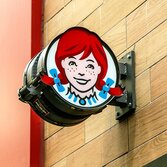|
When you walk into a supermarket, you are surrounded by thousands of options, yet you only choose a fraction of what's presented to you. What do you find most appealing about the products that end up in your cart? Maybe you don't know, and if you think you do know, chances are there are many more factors that are pulling you in than you are aware of. The food industry is particularly clever. Every single decision made -- from grocery store layout, colors used in packaging, a brand logo, etc. -- is meant to pull you in a specific direction. Every decision made in the food industry, even in grocery store layout, however minuscule, has an impact on what you buy and how much of it. For instance, have you ever considered how most grocery stores have the entry doors on the right side? Think about it. It's weird, right? Maybe it's a coincidence. Although, research shows most shoppers prefer to shop in a counter-clockwise fashion, which is why grocery store entrances are normally on the right and checkout counters are normally on the left. This example -- along with many others -- shows how we can be subliminally swayed in food-based decisions. Stick with this post to uncover some of the ways you are being persuaded that you likely are not aware of so that you can become a better informed consumer, and save time and money. What was your last impulse buy, and why did you purchase it? Comment below!
4 Comments
|
Jessica A.A high schooler with a love of food. See the My Story page to find out more. Archives
June 2021
Categories |
"Time to eat smart."
Food Blog
Email me at [email protected] to let me know what you think!





 RSS Feed
RSS Feed